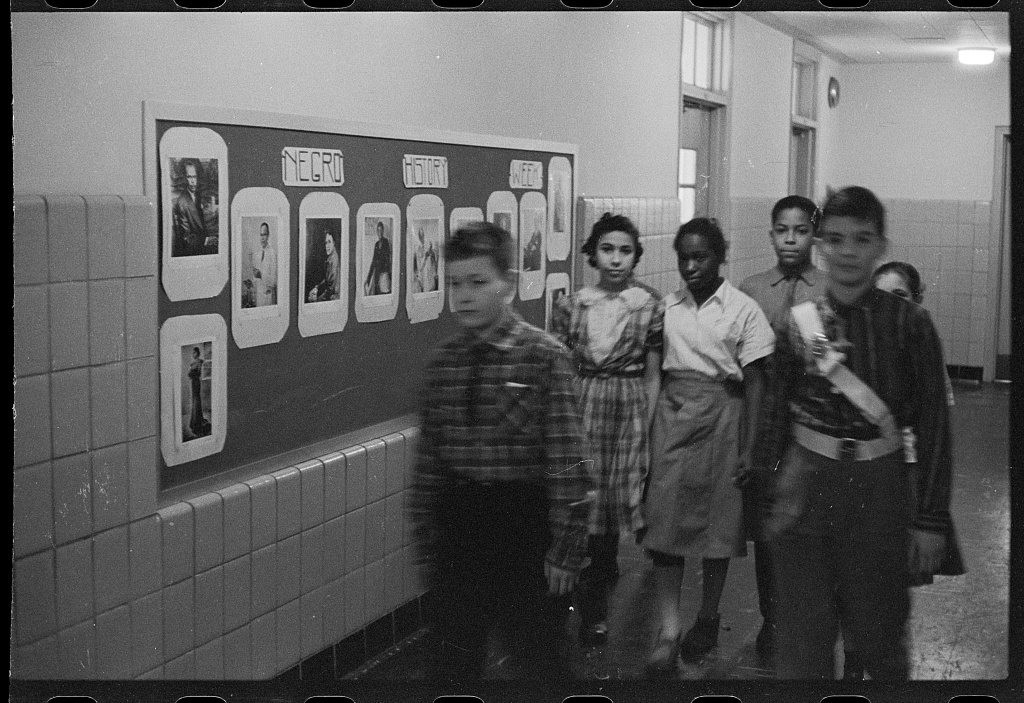Delaware’s role in the historic decision for Brown v. Board of Education

This year the United States celebrates the 70th anniversary of Brown v. Board of Education, a Supreme Court decision that ended legal racial segregation in public schools in 1954. The case examined several other rulings presented at state level petitioning against the legal segregation of schools, including those made in Delaware.
Up until the mid-20th century, segregation in schools across the United States was upheld by the 1896 case of Plessy v. Ferguson, which ruled that segregation was constitutional as long as the resources provided to Black and white citizens were the same (“separate but equal”). Delaware state law was no different, allowing for segregation in most public places, including schools, up until the 1950s.
The first court case brought against educational segregation in Delaware was in 1950 with Parker v. University of Delaware. Ten students from Delaware State College (now Delaware State University) sued the then-segregated University of Delaware for the right to be considered for admission. Delaware courts ruled in favor of the students, finding that Delaware State College was poorly funded and inadequately maintained by the state, making it an inequal educational resource for Black students and therefore unconstitutional.
In 1951, a new case was brought to Delaware state courts to challenge segregation in elementary and secondary schools. Belton v. Gebhart stated that educational opportunities for Black students in Delaware were inferior to those for white students, and that the most effective course of action was to integrate schools. The case was moved to the Supreme Court in 1952 and consolidated with four other lawsuits that made up Brown v. Board of Education.
To learn more about Brown v. Board of Education, see the National Archives’ compiled documents available online.


